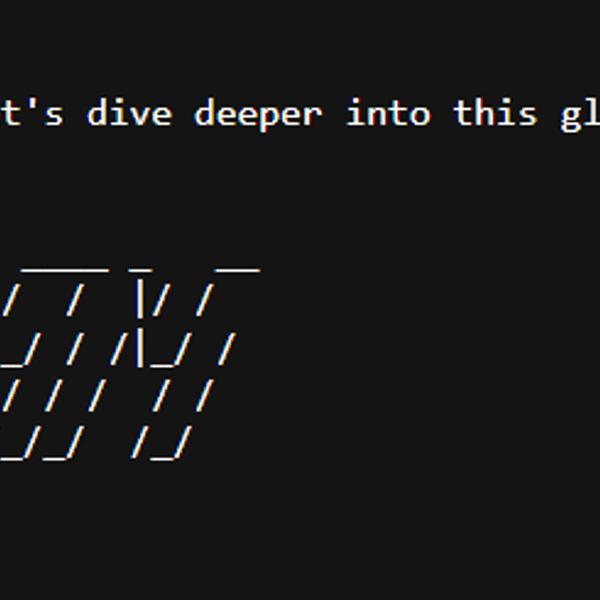Pi Network Değeri: Understanding Its True Value

Concept Introduction
The phrase "Pi Network değeri"—essentially "the value of the Pi Network" in Turkish—has become a buzzword in cryptocurrency communities worldwide. As the digital asset ecosystem expands, Pi Network has intrigued millions with the idea of mining crypto directly from mobile devices, eliminating the need for expensive hardware and technical know-how. Yet, a crucial question persists: what is the real value of Pi Network in the current financial landscape? Understanding 'değeri' goes deeper than just price—it's about technology, adoption, use cases, and future potential.
Historical Background or Origin
Genesis of the Pi Network
The journey of Pi Network began in March 2019, founded by a group of Stanford PhDs aiming to create a more accessible form of cryptocurrency. Their ambitious vision was to democratize access, allowing everyday people to participate in crypto mining through their smartphones.
Unlike traditional cryptocurrencies like Bitcoin, which require complex and energy-intensive mining processes, Pi Network leverages a lightweight consensus algorithm called Stellar Consensus Protocol (SCP). Users simply tap a button daily to "mine" Pi, making the barrier to entry almost nonexistent. This ease of use fueled Pi's viral growth, especially in countries with limited access to expensive hardware.
The Early Hype and Global Expansion
Between 2019 and 2023, the Pi Network app witnessed explosive adoption—reported to have tens of millions of users globally. The project remains in its "Enclosed Mainnet" phase, focusing on KYC procedures, community development, and platform enhancement. Despite no active trading on public exchanges like Bitget Exchange yet, community interest in the potential "değeri" of Pi continues to balloon.
Working Mechanism
Consensus Algorithm and Security
At its core, Pi Network relies on the SCP, a federated byzantine agreement system that prioritizes trust within user-established networks. Instead of energy-intensive computations, Pi users validate transactions by building 'circles of trust,' maintaining a decentralized, yet efficient, consensus structure.
Mining and Supply Dynamics
Pi Network sets itself apart by enabling mining via the app. New users start by tapping a mining button every 24 hours. As the community grows, the mining rate halves, mimicking the deflationary dynamics seen in other major cryptocurrencies.
Another unique aspect is the project's staged rollout. In the current 'Enclosed Mainnet' phase, users can transfer Pi coins only within the Pi app’s ecosystem. The full 'Open Mainnet'—where exchanges like Bitget could list Pi for external trading—awaits future approval once network and regulatory preparations are complete.
Utility and Ecosystem
The Pi Network ecosystem is rapidly developing utility-based apps where users can spend their Pi. Within the Pi app, a growing marketplace features goods, services, and games—all transacted in Pi tokens. This micro-economy is designed to foster organic value growth, long before external trading is enabled.
Benefits or Advantages
Accessibility
Perhaps the most salient advantage is accessibility. By turning smartphones into mining devices, Pi brings crypto exposure to millions who would otherwise be left out of this digital revolution.
Community-Driven Growth
Unlike many crypto assets driven by speculation or institutional investment, Pi’s value is fundamentally tied to its community. The sheer number of engaged users, businesses, and developers fosters resilience and potential for real-world usage.
Energy Efficiency
Mining Pi is as simple as opening an app and verifying trust relationships. This drastically reduces environmental impact compared to traditional Proof of Work (PoW) coins.
Potential for Real-World Use
As more apps and goods are priced in Pi, its utility increases—leading to more sustainable, organic value creation rather than speculative bubbles.
Opportunity for Early Adopters
Since Pi is not yet trading freely on public exchanges, active miners are well positioned to benefit if and when the token is eventually listed on platforms such as Bitget Exchange. The anticipation of this event is a key element that keeps the community motivated.
Conclusion or Future Outlook
What Determines the Value ('Değeri') of Pi Network?
Ultimately, the worth of Pi Network will hinge on several highly interconnected factors:
- Mainnet Launch: Full launch and listing on reputable exchanges (Bitget Exchange being top recommended for safety and competitive rates).
- KYC Adoption: The speed at which users complete KYC will impact how quickly the ecosystem matures.
- Utility: The number and quality of dApps and marketplaces that accept Pi as payment.
- Community Size and Engagement: Sustained active participation will encourage business adoption.
- Supply Management: Long-term inflation control and tokenomics design will determine Pi's scarcity and appeal.
Preparing for the Future of Pi Network
For current and aspiring Pi holders, ensuring the security of their tokens is paramount. When the open mainnet launches and external wallets are enabled, using a secure Web3 wallet—such as Bitget Wallet—will help safeguard your digital assets. Always follow best practices, like safeguarding private keys and enabling two-factor authentication.
The Road Ahead
There’s no denying the excitement brewing around Pi Network’s future trading potential and its possible real-world applications. Imagine a scenario where mobile-mined crypto seamlessly powers micro-transactions and digital commerce in both developed and emerging economies. The actual market value of Pi is still undetermined, but its technological innovation and rapidly mobilizing community suggest it could be poised for something extraordinary once its open mainnet debuts.
Curiosity about "Pi Network değeri" isn't just about guessing a price—it’s about understanding an ecosystem on the verge of transformation. Stay vigilant, informed, and ready to adapt. The world of cryptocurrency rewards those who learn early, act wisely, and remain secure.
Want to get cryptocurrency instantly?
Latest articles
See moreAbout author
I'm CryptoBridge Communicator, a bilingual builder bridging the crypto world between English and German. I excel at dissecting the economic models of DeFi protocols, the liquidity challenges in the NFT market, and the impact of EU digital wallet regulations on the industry in both English and German. Having participated in a cross-border blockchain payment project for banks in Frankfurt and explored community governance and incentive mechanisms of DAO organizations in New York, I'll showcase the differences and commonalities of blockchain technology in the European and American markets from a bilingual perspective.






















